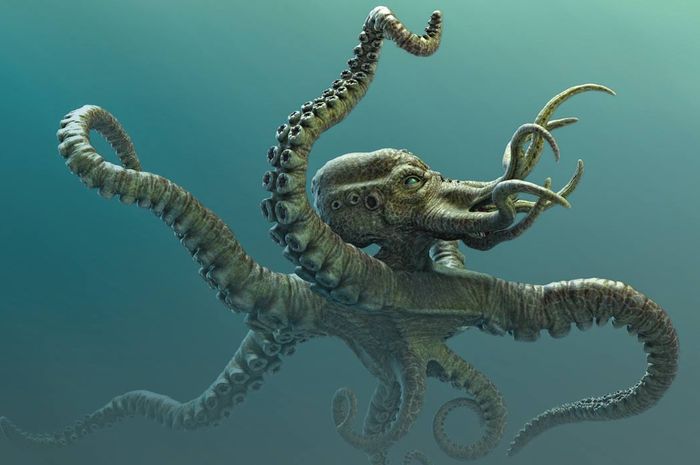According to Scandinavian mythology, the Kraken is a terrible giant sea creature, its length can reach one mile. Common stories describe it as a very large octopus or squids attacking ships. According to several other stories, his large body was often mistaken for an island.
The Kraken is first mentioned in Örvar-Oddr, a 13th century Icelandic tale involving two sea monsters, Hafgufa (sea mist) and Lyngbakr (heather's back). Hafgufa is believed to be a reference to the Kraken.
Also Read: The Tragic Death of Blackbeard, The Most Popular Pirate of All Time
Around 1250, another report about the Kraken was documented in the Norwegian scientific work Konungs skuggsja. It is said that there are only two of them because they are unable to reproduce and will need so much food that they cannot survive very long.
The report went on to describe the Kraken's eating habits, claiming that it would trap the surrounding fish by stretching its neck through the burp - releasing food from its mouth. Other records indicate that the animal gave off a "strong and strange smell," or perhaps excrement, when it wanted to eat.
On the other hand, the fish will be lured and enter the mouth of the Kraken when it eats. A large number of fish will be trapped.
Therefore, fish that gather suddenly are believed to be a warning sign for sailors to move from an area quickly, so that they do not become victims of the Kraken.
The Kraken is also mentioned in the first issue of Systema Naturae (1735), the taxonomic classification of living organisms by the Swedish botanist, doctor and zoologist Carolus Linnaeus.
He classified the Kraken as a cephalopod, designating the scientific name Microcosmus marinus. Although any mention of the Kraken is omitted in later editions of Systema Naturae.

Tidak ada komentar:
Posting Komentar